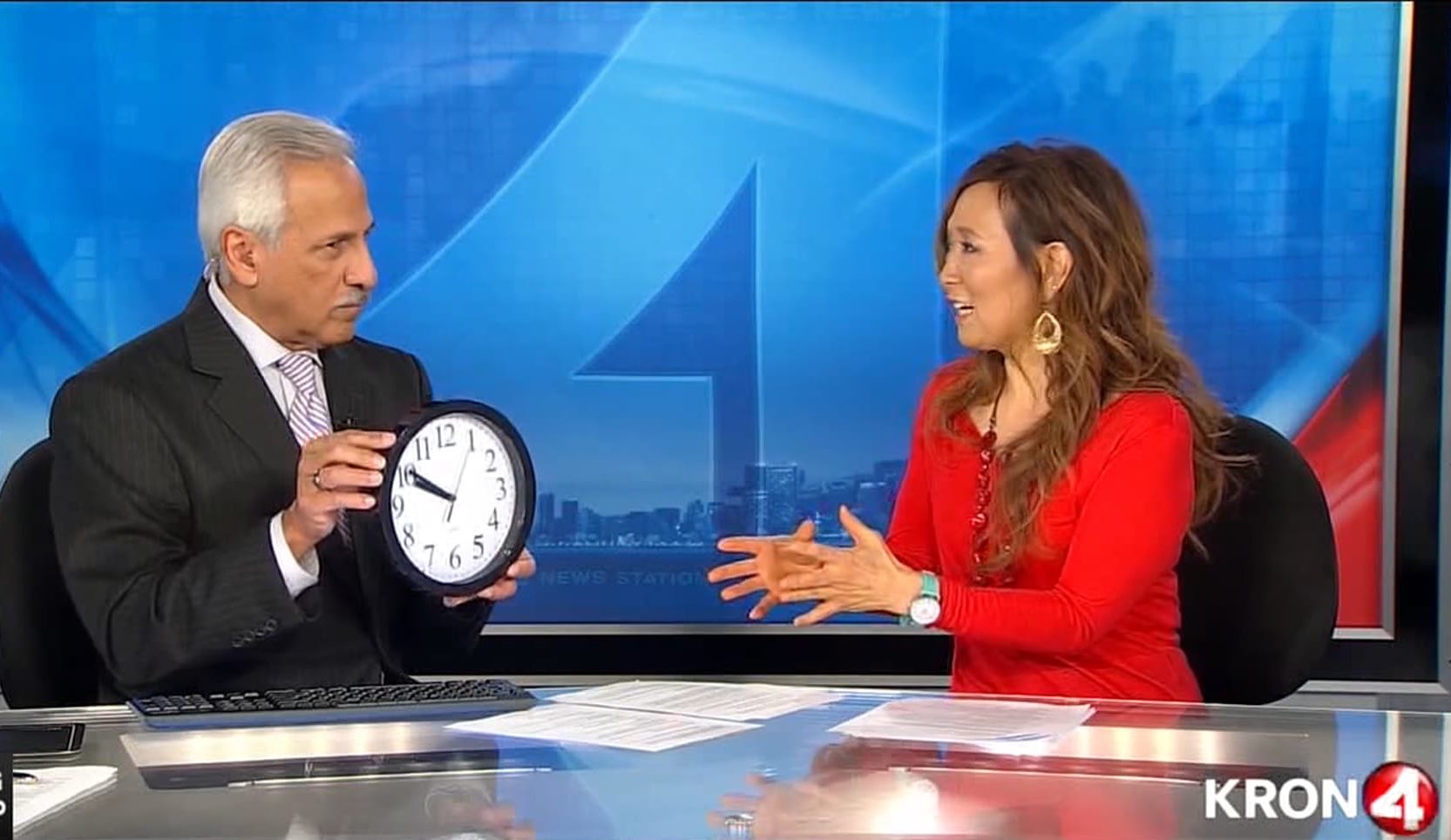Men experience more heart attacks compared to women, but women are less likely to survive. One woman dies from a heart attack every minute. As we continue to support heart disease awareness for American Heart Month, here’s why heart attacks are the number one killer of women.
Heart Attacks: Man vs Woman
Heart disease is the leading cause of death for both sexes. It’s responsible for one in every three deaths for both men and women.
But men experience heart attacks at a younger age compared to women. On average, men have their first heart attack at age 65 with women having their first heart attack at 72.
Why Women are More Likely to Die
Women are less likely than men to survive a heart attack; and heart disease continues to be UNDER RECOGNIZED as the leading cause of death in women.
It’s important that women know the signs and symptoms of both a heart attack and impending heart attack and seek medical attention immediately.
Women are more likely to die because they:
- Have atypical symptoms.
- Minimize their symptoms and delay seeking medical attention:
- Average delay time of 54 hours for women vs 16 hours for men.
- Men are often urged by their wives to go to the emergency room when they complain of chest pain or other classic heart attack symptoms.
- Are older and often have other medical conditions:
- Some women go undiagnosed for so long that by the time their disease is confirmed, they are older, sicker, and at higher risk for complications from invasive treatments making them more likely to die from a heart attack than men.
You have 90 minutes to increase your chances of surviving a heart attack.
First Medical Contact (FMC)-to-Device Time
First Medical Contact-to-Device Time* goal is less than 90 minutes to increase survival rate. At the first symptom of a heart attack, it’s critical to administer heart attack “first aid” and be at the hospital within 30 minutes OR LESS to prevent irreversible heart damage or death.
30-30-30 Rule
- 30 minutes for an initial EMS assessment and transport (via ground or air).
- 30 minutes for the Emergency Department to perform an assessment and to mobilize the cardiology team.
- 30 minutes from the start of the procedure in the cardiac catherization lab to opening the blocked artery.
*First Medical Contact (FMC)-to-Device Time (based on American College of Cardiology guidelines) is a phrase denoting the first medical contact in ANY PREHOSPITAL LOCATION. Devices include coronary interventions, e.g., balloons, coronary stents, wires, etc.
NOTE: Up until 2013, this benchmark used to be called “Door-to-Balloon Time (D2B)” benchmark denoting the time between the arrival in the emergency room until the time that a coronary intervention is performed on the occluded, culprit coronary artery, such as a balloon that is inflated to widen the blocked artery.
Female Heart Attacks
Female heart attacks don’t often present like those in men nor are they as predictable. For example, a Circulation study showed that 43% of women do NOT experience acute chest pain at all during a heart attack which is a hallmark sign in men.
- Women age 55 and younger were 7X more likely to be misdiagnosed and discharged from the Emergency Department in mid-heart attack compared to men — especially if their complaint is indigestion or extreme fatigue. (Per research reported in the New England Journal of Medicine.)
- Men have traditional risk factors of having a heart attack, e.g., high blood pressure, smoking and diabetes, but women seem to have a sex-specific family history tied to their risk according to a University of Oxford vascular study.
- That is, a woman who has a mother who had a stroke has a higher risk of having a heart attack as well as a stroke.
Female Heart Attack Symptoms
Using reliable tools to predict heart attack risk and knowing the symptoms are critical.
Major symptoms in women more than ONE MONTH PRIOR to a heart attack:
- Unusual fatigue (70.7%) that may even feel like the onset of the flu
- Difficulty sleeping (47.8%)
- Shortness of breath (42.1%)
- Chest discomfort (29.7%) and many experienced NO chest pain
- Indigestion
- Anxiety
Major symptoms in women DURING a heart attack:
- Shortness of breath (57.9%)
- Weakness (54.8%)
- Fatigue (42.9%),
- Dizziness
- Back pain
- Upper abdominal pressure or discomfort (like indigestion), nausea or vomiting
- Cold, clammy sweat
- Lower chest discomfort (not necessarily ‘pain’)
What to Do
- Call 911 IMMEDIATELY at the first symptom! The longer you wait, the longer the heart attack continues.
- Administer heart attack “First Aid”.
- NEVER drive yourself to the hospital.
![]() Karen’s Fit Tip: Don’t dismiss symptoms as something minor or try to ‘tough it out’. Be assertive and persistent.
Karen’s Fit Tip: Don’t dismiss symptoms as something minor or try to ‘tough it out’. Be assertive and persistent.
Remember, many doctors still don’t recognize female heart attack symptoms. In the ED, tell the triage nurse you need to be seen by a cardiologist.
Know the symptoms, know your risk factors, and pass this information on to women you know.




